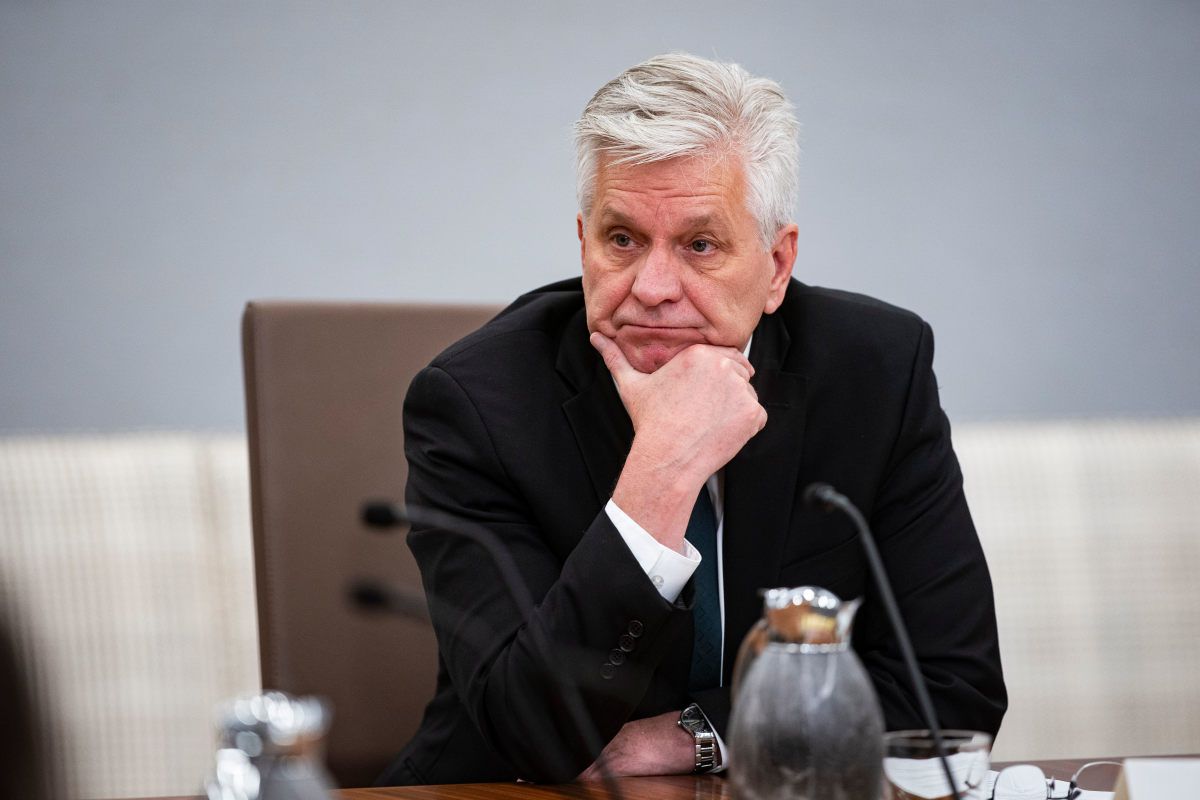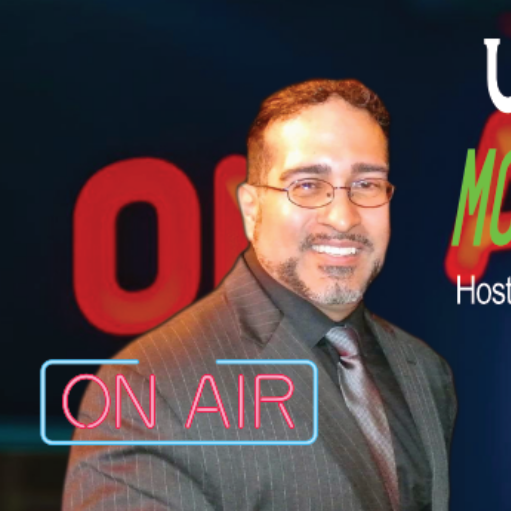Is tariff inflation lagging, only to then burst and slip away?
Or is it here to stay?
💵💰Don’t miss the move: Subscribe to TheStreet’s free daily newsletter💰💵
Just ask Federal Reserve Governor Christopher J. Waller.
Waller, a Trump appointee, surprised some Fed watchers late last month.
He opined the Federal Open Markets Committee should cut the Federal Funds Rate at its July 29-30 meeting, citing slower-than-expected inflation data that wasn’t going to be as hot as expected.
Related: JPMorgan drops blunt forecast on future interest rate cuts
Waller doubled down on that position July 17, saying the latest data, including the June CPI figure at 2.7% and other recent economic numbers, show it’s definitely time for the Fed’s first rate cut in 2025.
But will the rest of Fed leadership vote for it?
 Federal Reserve Governor Christopher J. Waller has given a green light to a July rate cut by the Federal Open Meeting Committee.
Federal Reserve Governor Christopher J. Waller has given a green light to a July rate cut by the Federal Open Meeting Committee.
Image source: Bloomberg/Getty Images
White House demands massive July rate cut
The tariffs, which President Donald Trump announced on “Liberation Day’’ in April, now face an Aug. 1 deadline. They are the highest in nine decades, ranging from 10% to 50% on imported goods and services.
An interest rate cut has been the mantra of President Trump for months, saying the current rates are holding back the American economy from robust growth.
The Federal Reserve Board has one job: comply with the dual congressional mandate to maintain 2% inflation and keep unemployment rates stable with steady GDP growth. It uses interest rates as a tool to manage that balance.
The Federal Open Meeting Committee (FOMC) is the Fed’s 12-member policymaking panel headed by Fed Chair Jerome Powell.
Related: Trump deflects reports on firing Fed Chair Powell ‘soon’
The FOMC has been holding the Federal Funds Rate steady at 4.25% to 4.50% in anticipation of inflation from President Trump’s tariffs and trade wars.
The Federal Funds Rate is the price the Fed charges U.S. banks to borrow money overnight. This, in turn, sets the pace for short-term costs of borrowing money, such as through credit cards and auto and student loans.
The 10-year Treasury Bond yield is the benchmark for longer-term interest rates like the 30-year fixed mortgage, currently hovering around 6.8%. The market expectations for how the Fed will set rates in the future influence long-term rates.
The president is calling for a hefty slash of 3%, saying it will benefit Americans looking to buy homes with lower mortgages and reduce interest on the trillions of dollars in the U.S. deficit. In addition, he believes it will kickstart the overall economy in tandem with the new tax reconciliation act once known as the One Big Beautiful Bill.
He’s also been calling Powell a rotating list of personal and professional nasty and vulgar names as well as threatening to fire him (which are likely illegal but still caused some wonky fireworks over D.C. this week.)
The Trump administration and its allies say the tariffs impact will be transitory, meaning it will represent a one-time hit to prices but not multiply and ripple through permanently.
And while past tariffs in modern U.S. history have proven to shock prices in the short term, they tend to settle back down over the long run, according to some economists.
Waller’s remarks support a June rate cut
“I believe we should cut the policy rate at our meeting in two weeks,” Waller said in a speech in New York June 17.
He called for a Fed’s policy rate of 3%, or 125-150 basis points lower than the current rate of 4.25%-4.5%.
Waller advocated returning the Fed’s policy settings to “neutral,” meaning interest rates at a level that neither speeds up nor slows down business activity, The New York Times reported.
“With inflation near target and the upside risks to inflation limited, we should not wait until the labor market deteriorates before we cut the policy rate,” he said.
More Federal Reserve:
- Fed interest rate cut decision resets forecasts for the rest of this year
- Federal Reserve prepares strong message on long-term interest rates
- Fed official revamps interest-rate cut forecast for this year
Waller has in the past defended his analysis as “not political.”
Earlier that day, former Fed governor Kevin Warsh said in a CNBC interview that the central bank was in need of a “regime change.”
Warsh was quick to say the independence of the Fed is essential, but just as quickly advocated for significant monetary policy adjustments.
If Waller and Warsh sound vaguely familiar, their names have been circulating as President Trump’s possible replacement for Powell when the chair’s term expires in May 2026. The third name on that list appears to be Treasury Secretary Scott Bessent.
Powell has said he will not resign before the end of his term and emphasizes he is focusing on maintaining the Fed’s dual mandate.
Given the warming inflation seen in this week’s CPI numbers for June, the unimpressive jobs numbers, and the unknown impact of the tariffs, Fed watchers expect the current rates will maintain their “wait-and-see” hold at the September FOMC meeting.
The widely watched CME Group FedWatch Tool forecasts a Federal Funds Rate cut at 4.7% later this month.
Related: June inflation numbers reset Fed interest rate cut expectations
